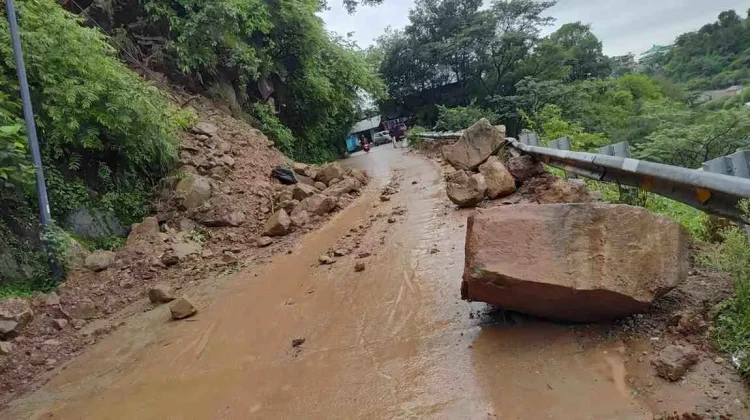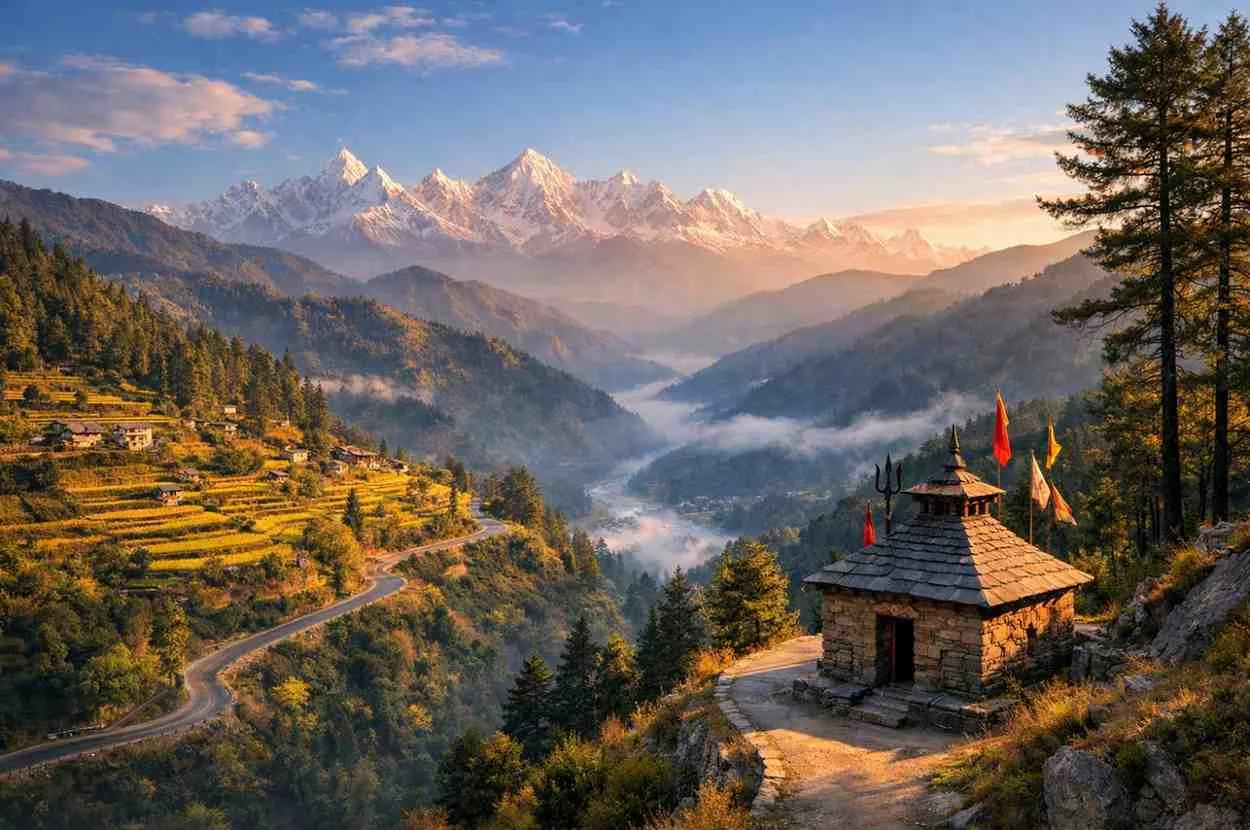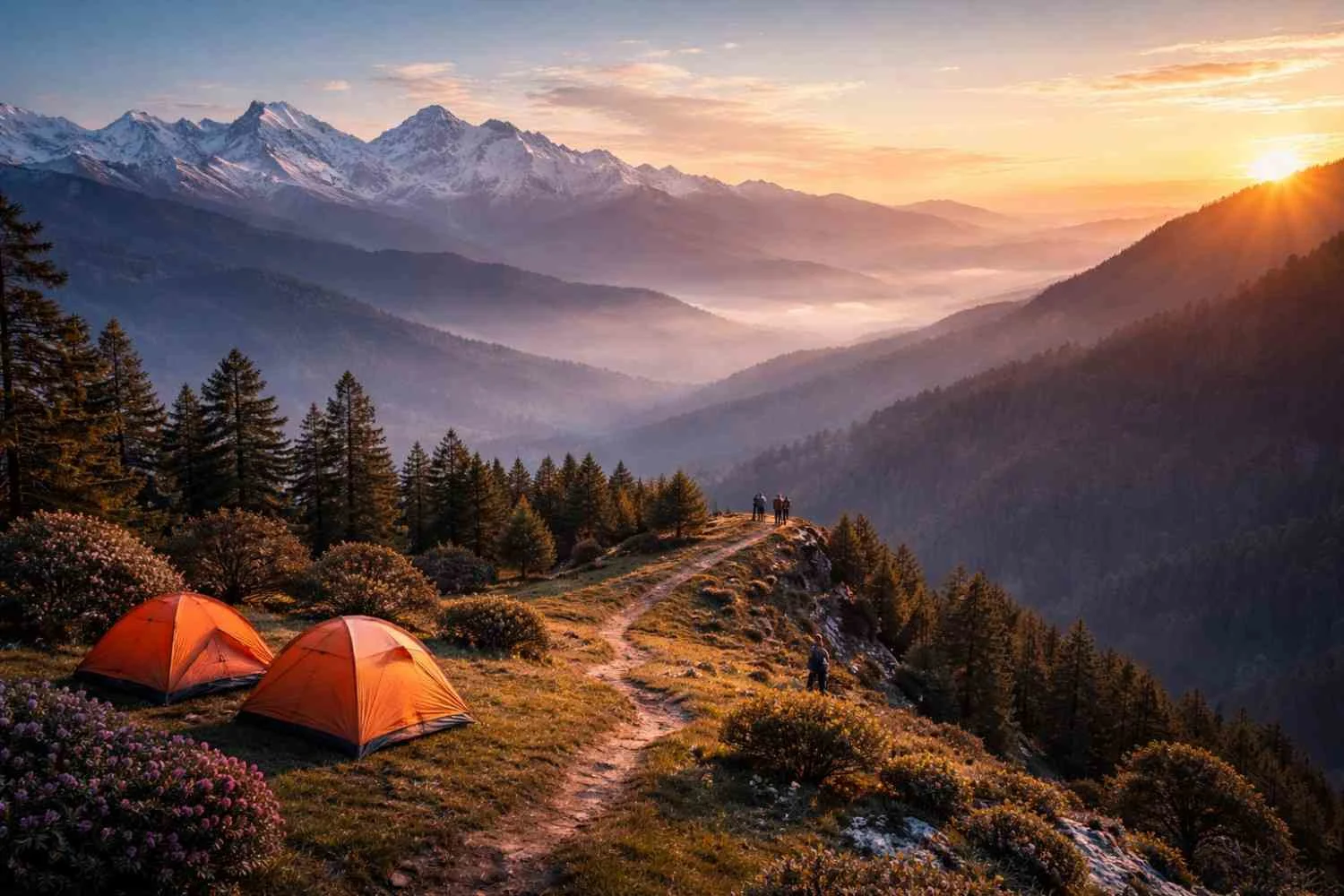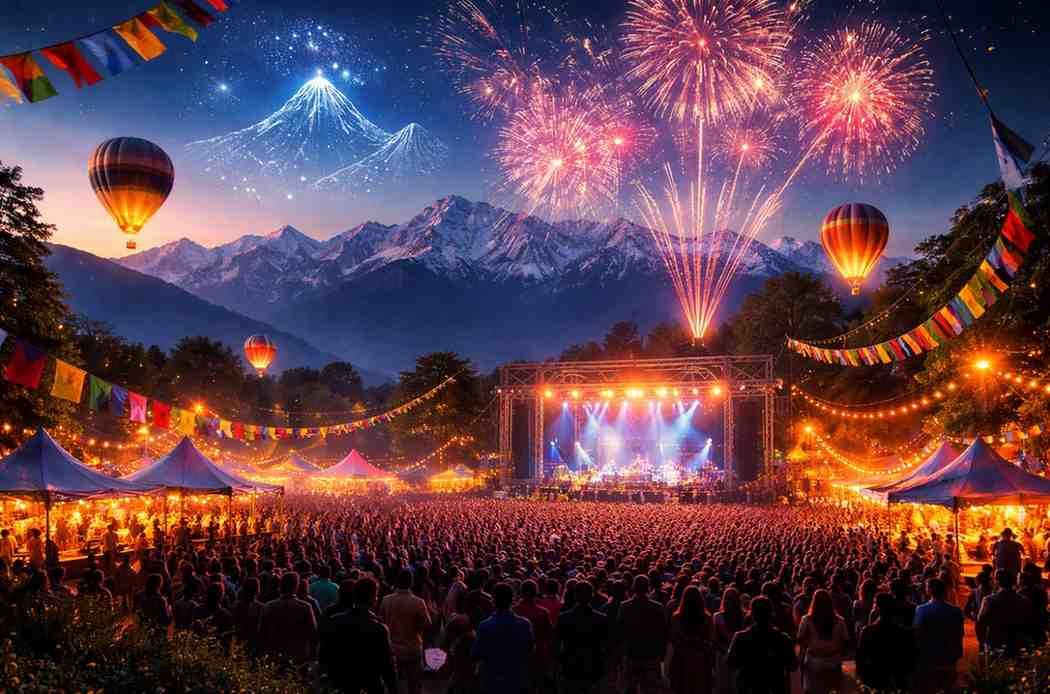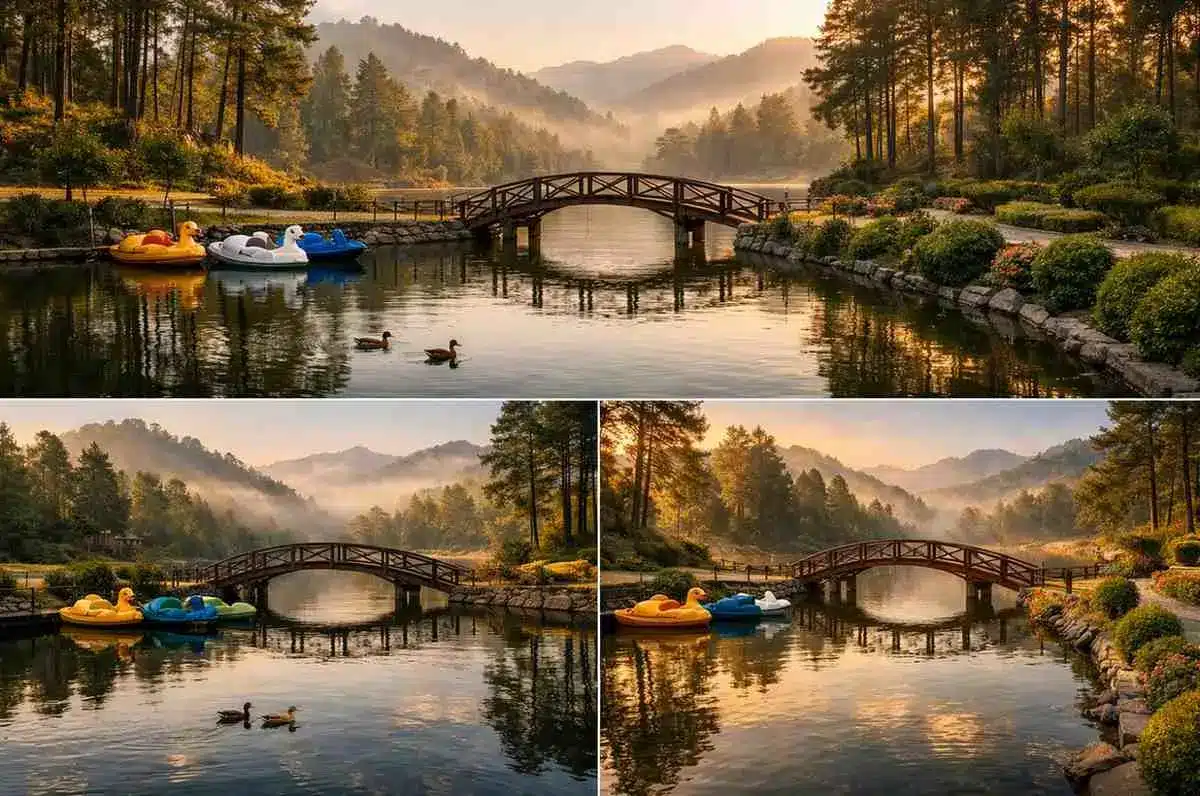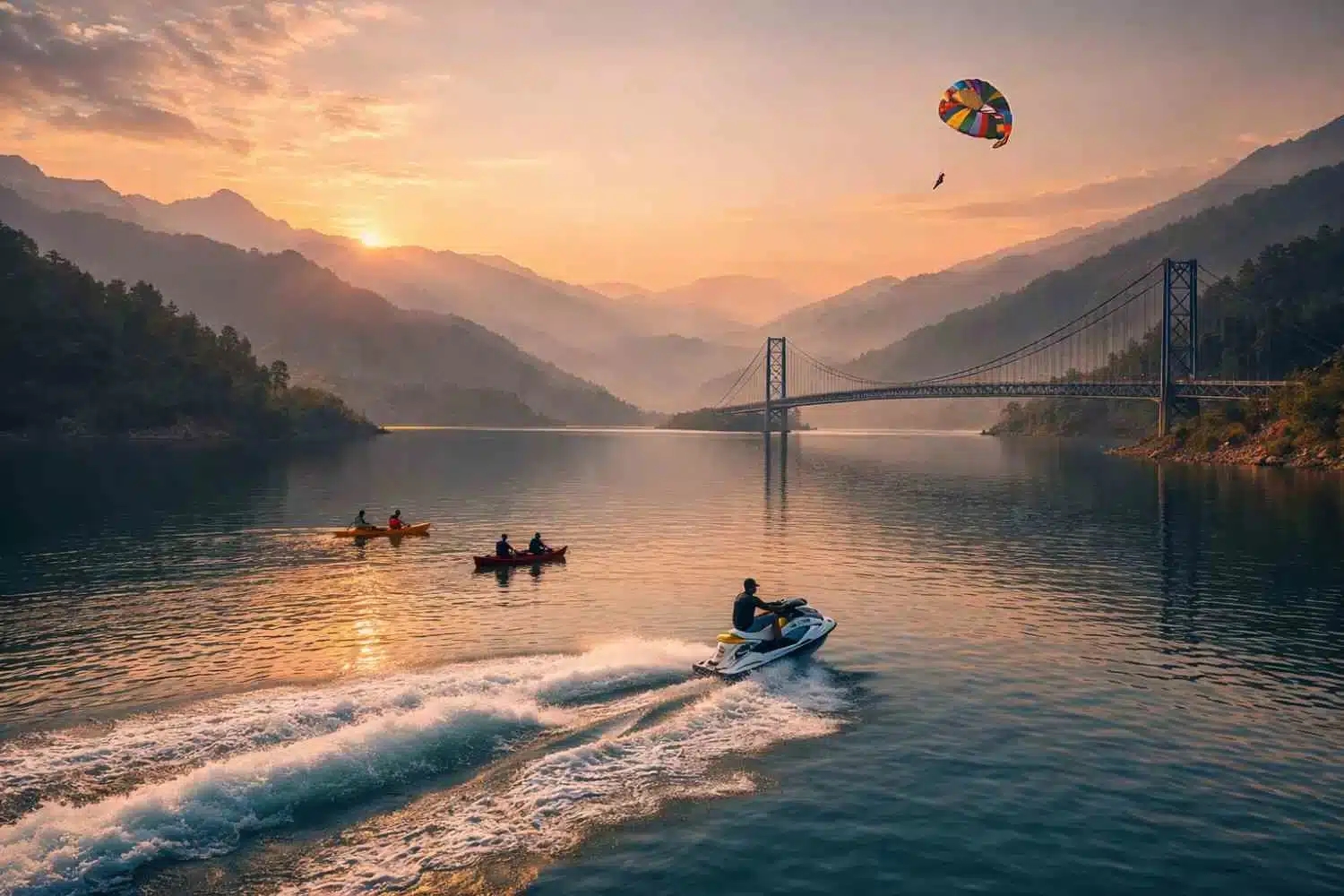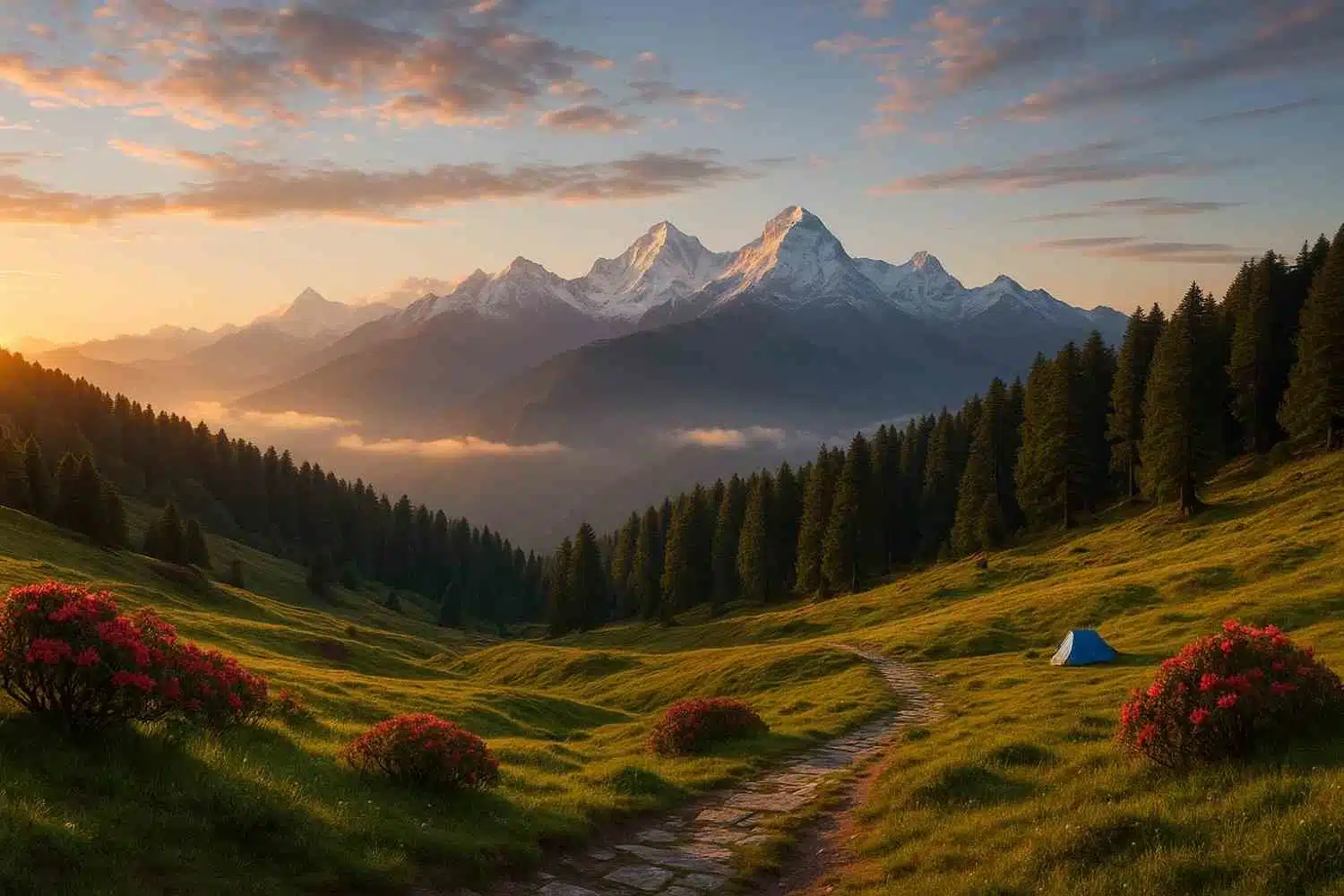Himachal Pradesh is a postcard-perfect travel dream—snowy peaks, narrow valleys, and winding roads. But here’s the thing: the monsoon season can quickly turn serene vistas into disaster zones. Forecasts by the India Meteorological Department (IMD) indicate above-normal rainfall for June–September 2025, with heavy to very heavy showers expected from July 26 onwards HimbuMail+1Indiatimes+1. That makes Monsoon 2025 a red flag for travel.
What to Expect During Monsoon in Himachal Pradesh
- Rainfall window: June through September is peak monsoon.
- Most affected zones: Kullu, Manali, Shimla, Chamba, Kinnaur, Lahaul‑Spiti.
- Key hazards: frequent landslides, road blockages, swollen rivers, falling trees, slippery terrain.
Key Reasons to Avoid Travel During Monsoon 2025
a) Landslide‑Prone Zones
Routes like NH‑3 (Mandi–Manali), Kinnaur roads, and Dharamshala hills are notorious. Past monsoons (2023–24) saw hundreds of landslides—2023 alone brought over 5,400 slope failures and 1,300 road closures EosMy Coordinates.
b) Flash Floods and Cloudbursts
Flash floods in Parvati Valley, Manikaran, Spiti are frequent. Sudden cloudbursts lead to river overflow, slippery roads, and sometimes zero visibility. In early July 2025, dozens died in 23 flash floods, 16 landslides, and 19 cloudbursts The Guardian.
c) Disrupted Transportation
Hundreds of roads get blocked. Flights, helicopters often cancel. Rail services like the Kalka–Shimla line get suspended during heavy rain.
d) Health and Safety Risks
Cold, damp conditions during monsoon can worsen respiratory or joint issues. Remote areas have limited medical facilities. Landslides or floods can trap travelers with no easy escape.
Places You Must Avoid During Monsoon 2025
- Barshaini–Kheerganga route – landslide-prone trekking paths
- Kinnaur (Reckong Peo, Kalpa) – steep slopes, cloudburst risk
- Jalori Pass, Rohtang Pass – often blocked by washouts
- Chamba–Bharmour region – narrow roads, prone to slips
Alternative Time to Visit Himachal
Want to explore? Choose March–May for blooming landscapes or October–December for crisp autumn scenes and early snow. Roads are open, skies blue, and trekking routes safer.
What to Do If You’ve Already Booked
- Flexible bookings: Check airline, hotel, transport reschedule/cancel policies.
- Real‑time updates: Keep in touch with local hotels/transport offices.
- Emergency plan: Save Himachal tourism helpline, local police (112), SDRF contacts.
FAQs
Q: Is Himachal completely closed during monsoon?
A: Not fully—but many high-altitude routes, trails, and passes are closed intermittently due to landslides and weather risks.
Q: Which month is most dangerous?
A: July tends to be worst—IMD reports heavy rain warnings from July 26 to 30 en.wikipedia.orgThe Guardian+4outlooktraveller.com+4india.mongabay.com+4internal.imd.gov.in+5mausam.imd.gov.in+5thehansindia.com+5.
Q: Any safe places during monsoon?
A: Lower-altitude areas (e.g. Kangra, Una) see less disruption but heavy rainfall and flash floods can still hit unexpectedly.
Q: What emergency numbers should I save?
A: Save police (112), SDRF, local tourism office. Keep your travel insurer’s emergency assistance handy.
Conclusion
Monsoon 2025 in Himachal Pradesh is shaping up to be high‑risk. Landslides, flash floods, road closures, and health hazards mean it’s not the season for hill adventures. Prioritize safety—push your plans to spring or autumn. Keep tabs on weather alerts and stay prepared.
